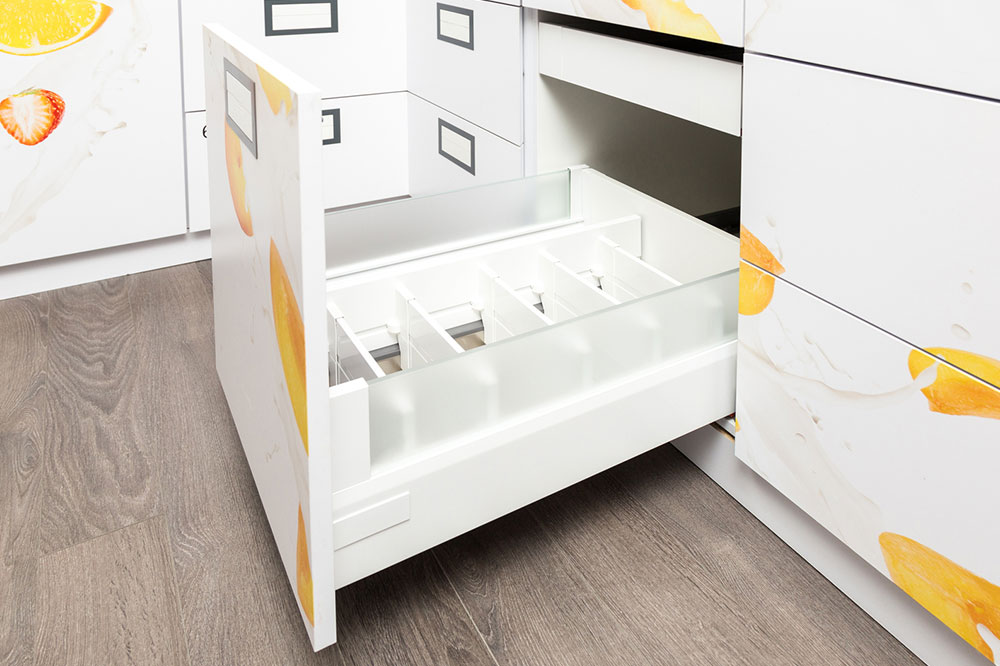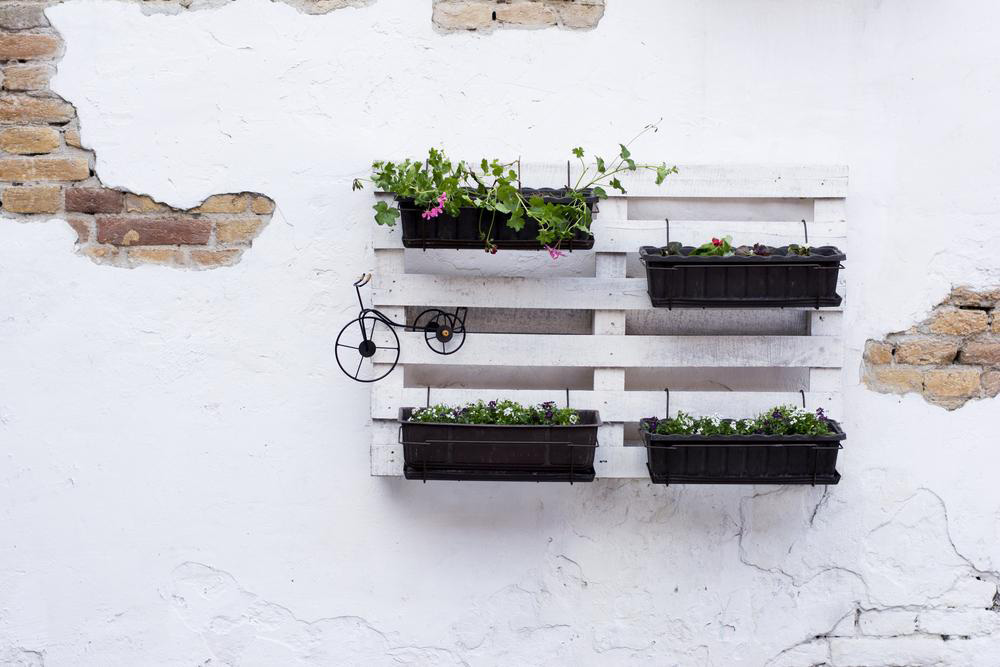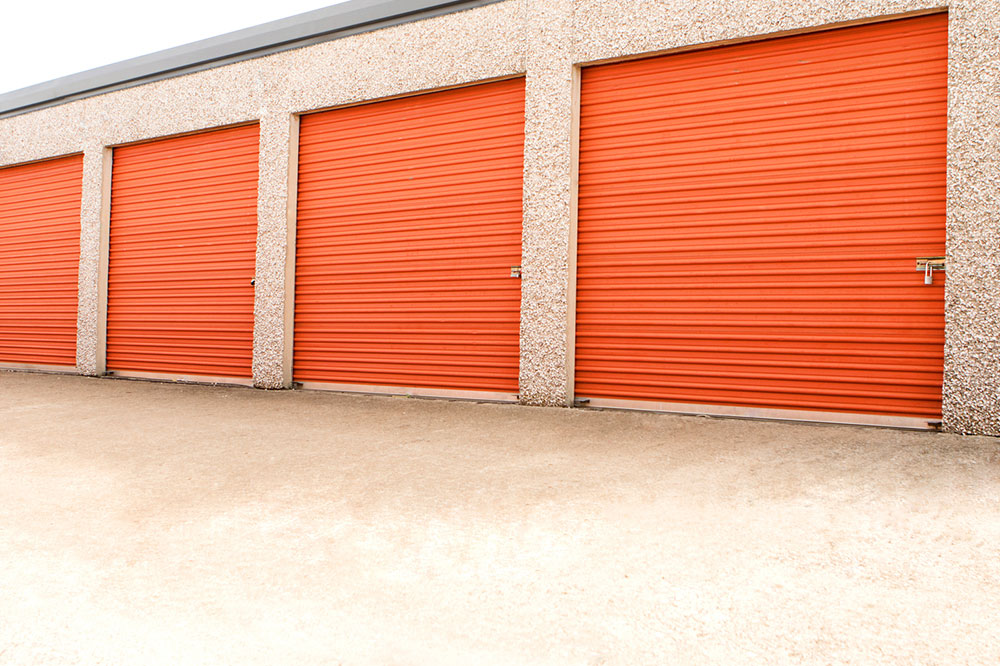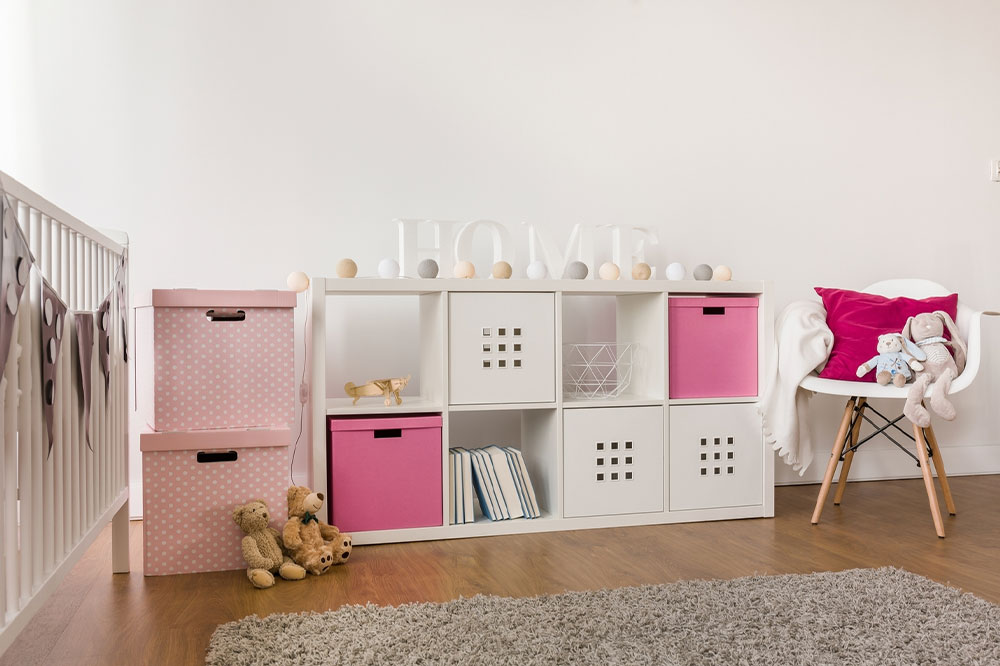Ultimate Guide to Organizing Your Space Effectively with Storage Solutions
Discover comprehensive strategies for selecting and organizing storage facilities to maximize space, enhance security, and simplify access. This in-depth guide offers valuable tips for decluttering, choosing the right storage unit, organizing belongings efficiently, and leveraging storage for personal or business needs, ensuring your environment remains tidy and functional.

Innovative Strategies for Maximizing Storage and Decluttering
Maintaining an organized environment is essential, whether you’re managing a household, running a business, or simply seeking a more clutter-free life. Utilizing storage solutions effectively can significantly improve your space management, making your environment more functional, aesthetically pleasing, and stress-free. Storage units, when chosen and organized properly, serve as powerful tools to help you manage belongings, protect valuable items, and keep clutter at bay. This comprehensive guide explores proven methods and key considerations for selecting and organizing storage facilities to optimize your space utilization.
Proper planning and strategic organization are crucial to getting the most out of your storage experience. From understanding your needs to choosing the right facility and implementing best practices for packing and access, every step contributes to a seamless storage process. In this article, we’ll delve deep into these strategies, offering detailed tips and insights to help you maximize your storage investments and maintain a tidy, efficient environment.
Let’s explore how to turn storage solutions into your greatest allies in organization:
Pre-Storage Decluttering and Sorting
Before you rent a storage unit, conduct a thorough review of your belongings. This step is vital to prevent unnecessary expenses and to ensure that your storage space is used efficiently. Begin by sorting through items, identifying what can be discarded, donated, or sold. Separate essential items from those that no longer serve a purpose, and set aside the latter for disposal or liquidation. For the items you decide to keep, pack them into clearly labeled boxes, categorizing similar items together. Creating a master list or inventory helps you keep track of stored belongings, making future retrieval quick and straightforward. Proper decluttering not only saves money but also ensures that your storage space remains organized and manageable.
Defining Your Storage Objectives
Understanding the primary purpose of your storage needs guides you in selecting the appropriate unit size and features. For instance, if you need storage for seasonal decorations or infrequently accessed items, a smaller, stacked unit may suffice. Conversely, if you require regular access to stored items, opting for a larger space with aisle access facilitates easy retrieval. Clarify whether your goal is long-term storage, temporary holding during a move, or space for business inventory. Defining these objectives ensures you select a storage solution that balances convenience, capacity, and cost-effectiveness.
Measuring Items Accurately
Accurate measurement of large items—such as furniture, appliances, or equipment—is critical to avoid overpaying or underutilizing your storage space. Use measuring tapes to determine length, width, and height, and compare these dimensions with the available options at your chosen facility. Many storage providers offer multiple unit sizes, ranging from small lockers to large warehouse-style spaces. Proper measurement helps you select a storage unit that fits your belongings precisely, maximizing occupancy and minimizing costs. Precise measurements also prevent damage by ensuring items are stored safely without excessive squeezing or stacking.
Optimal Placement of Frequently Used Items
Organize your storage by placing items you need to access regularly near the front of your unit. This approach reduces the time and effort required to retrieve essential belongings, making your storage experience more efficient. Use shelving, clear bins, or labeled boxes to facilitate quick identification. For items you seldom need, store them further back or higher up. An organized layout speeds up access, reduces frustration, and encourages regular maintenance of your stored goods.
Creating Space for Movement and Accessibility
If frequent access is anticipated, leave clear pathways within your storage unit. Moving around comfortably prevents the need to unpack multiple boxes just to reach something at the back. Use taller shelving units and stacking strategies to maximize vertical space, but ensure pathways remain clear for safe movement. Well-thought-out organization promotes safer retrieval and reduces the risk of damage to stored items.
Ensuring Proper Ventilation and Climate Control
Maintaining good airflow within your storage unit helps prevent moisture buildup, mold, and odors, especially when storing textiles, natural materials, or sensitive items. Even in climate-controlled facilities, leaving space for air circulation enhances preservation. If you’re storing items prone to damage from humidity, consider climate-controlled units, which regulate temperature and moisture levels. Adequate ventilation not only protects your belongings but also prolongs their lifespan, ensuring your stored items remain in good condition.
Security Features and Safeguarding Your Items
Security is paramount when choosing a storage facility. Look for providers with 24/7 security surveillance, gated access, individual locks, and on-site security personnel. For high-value items or outdoor storage, further considerations such as reinforced fencing and alarm systems are recommended. Protecting your belongings from theft, vandalism, or environmental hazards is crucial. Additionally, ask about facility protocols for monitoring security and maintaining access logs. Reliable security measures give peace of mind and ensure your stored items remain safe.
Additional Amenities and Protective Measures
Many storage facilities offer specialized features to safeguard sensitive or valuable items. Climate-controlled environments are ideal for artwork, electronics, or documents vulnerable to temperature fluctuations. Pest control measures prevent damage from rodents and insects. Wrapping and packing supplies, such as bubble wrap and sturdy boxes, are often available for rent. These amenities help preserve your belongings and facilitate efficient packing and organization. Assess your specific storage requirements and choose a facility that offers the necessary protections to keep your items in pristine condition.
Choosing a Convenient Location
Location is a key factor impacting convenience and ongoing storage costs. Opt for a facility close to your home or workplace to enable easy, frequent visits. Avoid storage sites that are excessively distant or difficult to access, as this can discourage regular visits and increase transport time and costs. Nearby locations also simplify logistics during moves or when retrieving items for personal or business use. Consider traffic patterns, transportation options, and the accessibility of the facility’s roads when making your choice. A conveniently located storage unit reduces hassle and enhances your overall experience.
Storage solutions extend beyond simple space management. They serve various purposes such as:
Home renovations—temporarily store furniture, decor, and valuables during remodeling projects.
Vehicle and equipment storage—keep seasonal vehicles, boats, or outdoor equipment protected and secure.
Travel storage—store belongings safely when traveling long-term or frequently relocating.
Moving support—hold items securely during transitional periods when your new home is not ready.
Handling space constraints—add capacity without sacrificing security or ease of access.
Personal life transitions—safeguard valuables during separations, estate settlements, or personal changes.
Business storage—archive products, inventory, or important documents cost-effectively while maintaining accessibility and environmental control.
In conclusion, employing a well-chosen storage solution tailored to your specific needs provides a flexible, secure, and cost-effective method to organize your life or business operations. Thoughtful planning and strategic organization maximize the utility of these spaces, helping you maintain a clutter-free, productive environment that supports your personal or professional goals.





